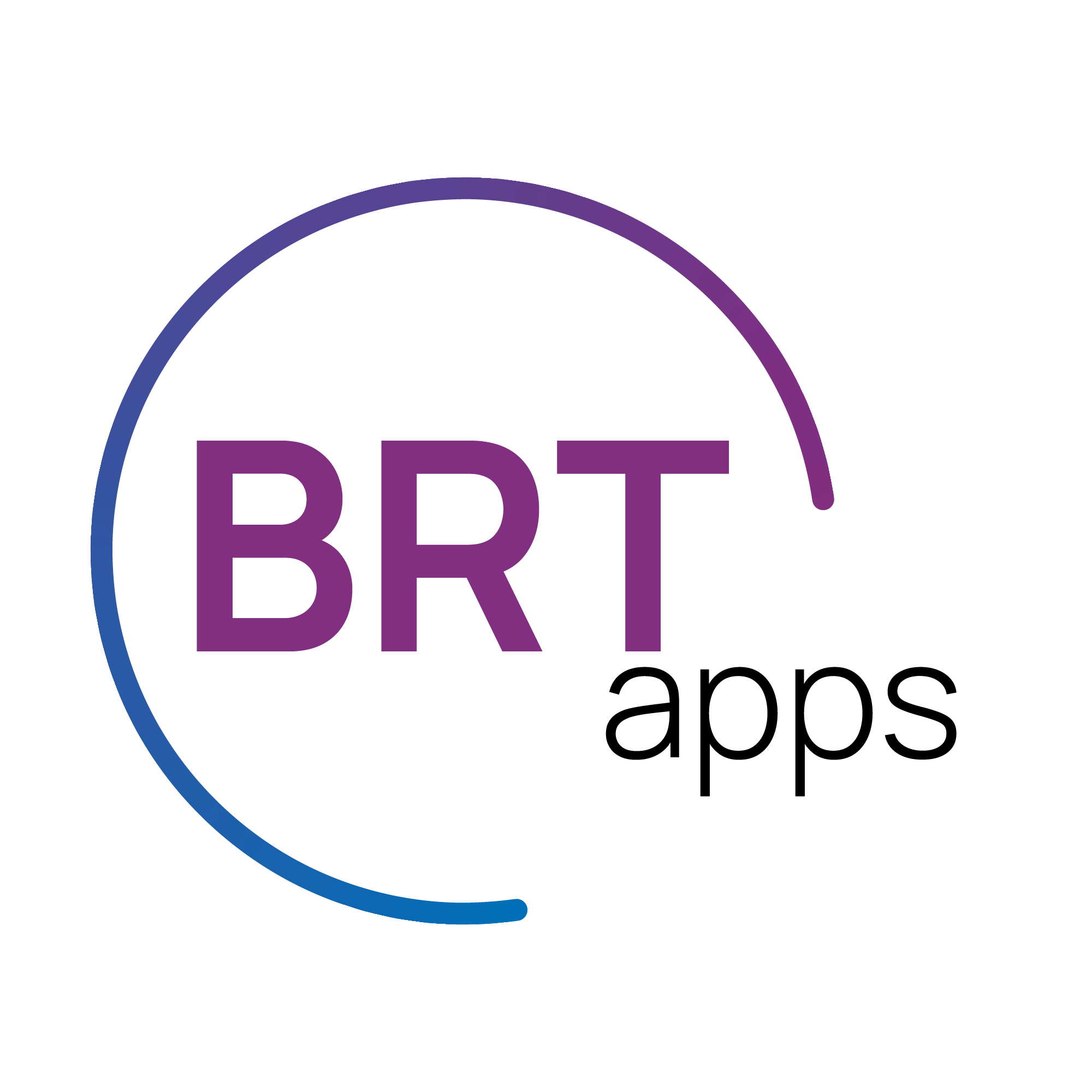Do you use think alouds in your literacy instruction? Decades of research have shown that helping students become strategic in their thinking improves how they learn. Although often confused, think alouds and modeling are not the same thing. Think alouds reveal how to think about performing a skill (the approach taken) whereas modeling shows how to perform a skill. Think alouds clarify the invisible whys and hows of skill mastery to promote better student reasoning while learning.
Perhaps you’ve used a think aloud to help students make storybook predictions or to think through a writing process. Think alouds can also be used to teach word recognition, to help students demystify certain phonics rules and facilitate better rule generalization. To get started on using instructional think alouds effectively, keep these three lessons learned by other teachers in mind (Ness, 2016)[1]:
(1) Advance preparation is important – it’s not always easy to stop and spontaneously think aloud on-point.
(2) Practicing with other teachers is a good way to get the approach started off well.
(3) Using think alouds becomes easier with practice.
In addition, try avoiding these common teacher mistakes:
- The tendency to ask students questions instead of illuminating a proficient way to think about the task.
- Not having a specific tool (e.g., a prepared script or bulleted list of points) that makes using a think aloud easier to implement.
- An overreliance on showing or telling a procedure instead of sharing the critical thinking involved.
- Believing that students will make key skill connections successfully on their own, without some degree of explicit unpacking.
A Think Aloud Example
Educational researchers Sharon Pratt and Tracey Hodges suggest that basic think aloud strategies include three critical pieces of knowledge (Pratt & Hodges, 2023)[2]: Declarative (naming the strategy), Procedural (explaining the steps and thought processes involved in doing the strategy), and Conditional (clarifying when the strategy is appropriate to use). Below I share an example of how teachers can use these in a think aloud to enhance phonics-based word recognition learning (focusing on the ay long vowel pattern in the word day). Key ideas within each step are underlined, but the wording does not need to be exact – it should sound natural, from your brain!
- Explain the think aloud purpose:
“When I see words that I don’t know, I think about them for a minute… It’s a mystery for me to solve! In a moment, I will say my thoughts out loud, so you can hear what I am thinking in my brain. If you know the word that I’m about to write on the board, don’t say it! I want to tell you about how I solve the mystery of reading new words, so you can do it, too.”
(write on the board => day)
- Tell students WHAT the rule is:
“First, I look at all the letters in the word. In this word, I know that the letter d at the beginning sounds like /d/, but I’m not sure how the other letters sound… If I look more closely, and think about the letters a and y, I can remember the rule: When y comes after a vowel, it makes the vowel say its name.”
- Tell students WHY the rule is true:
“Sometimes Y acts like a vowel, so when it’s next to a vowel, I can remember that they make a long vowel sound… So, in this word, a and y together will sound like ay…”
- Tell students WHEN to use the rule:
“I can also remember that without the y, the a would sound differently—it would make the short vowel sound, â, like apple. And I can test this out: /d/- /â/… that’s not a word! I can also see if “day” makes sense in the sentence that I’m reading.”
- Tell students HOW to use the rule:
“So, when I look at a word that I don’t know right away, I can use the other letters to help me spot a pattern or rule that I know to solve the mystery!”
In the spirit of thinking aloud, I want to explain my thinking behind the five steps in this strategy. In Step 1, I established the purpose, to ready students’ brains for learning from the think aloud by telling them what to focus on and what not to do. In Step 2, I explicitly stated the phonics rule using “what I know” language to unveil the analytical process of using what’s been previously learned. In Step 3, I shared the reason for choosing that phonics rule and the outcome. In Step 4, I noted two ways to double-check the accuracy of my choice (by trying out a contrasting pronunciation and reading the word in context). Finally, in Step 5, I restated how I can use this thinking process again in the future to properly close the teaching “thought bubble”.
When learning phonics rules, students benefit when teachers use think alouds to unpack word identification strategies for them like this. It supports their understanding by making aspects of the learning clear and straightforward. This approach can also be used to clarify common student misconceptions. Think alouds enable teachers to “apprentice” students in their thinking as they learn, providing a crucial scaffold for efficient reading development.
[1] Ness, M. (2016). Learning from K-5 teachers who think aloud. Journal of Research in Childhood Education, 30(3), 282-292.
[2] Pratt, S. M., & Hodges, T. S. (2023). The think-aloud observation protocol: Developing a literacy instruction tool for teacher reflection and growth. Reading Psychology, 44(1), 1-31.
